Description
Functioning of Tube Fittings:
REPUTE tube fittings feature a low torque assembly and leak free seal for easy assembly and reassembly. Double ferrule tube fitting uses its design features and geometry to make a connection. When nut is tightened both ferrules moves axially in a controlled manner which does not allow any torque transfer from fitting to the tubing. This ensures there is no stress on the tube and tube do not twist or get distorted.
Front and back ferrules play vital role individually while fitting make up. Front ferrule does the sealing whereas back ferrule performs gripping action. The firm grip of back ferrule on tube surface provides excellent vibration fatigue resistance.
Silver plating on the nut threads act as lubricant and prevents galling. The nut can be backed off easily for dis-assembly and remakes. Usually the fittings are pulled up one and a quarter turn to make leak fee assembly. During each re-assembly the nut should be advanced a quarter turn from its previous pulled up position to ensure the adequate tightening and consistent leak free joint. Tube Fittings in smaller sizes less than 6 mm need three quarter to one turn to make up the leak free joint.
Material of Construction:
Tube Fittings are available in MOC 316 stainless steel as a standard. Tube fittings can also be manufactured in Brass, SS 316L, Monel and other exotic alloys upon request. Raw material outsourced meets requirements of one or more following ASTM specifications.
| Material | Bar Stock | Forging |
| Stainless Steel | ASTM A 276 / A479 SS316 | ASTM A 182 SS316 |
| DIN 4401 | DIN 4401 | |
| BS970316-S31 | BS970316-S31 | |
| Brass | ASTM B16 Alloy 360 | ASTM B 124 Alloy 377 |
| CA-360 | CA-377 | |
| CA-345 | CA-345 | |
| ASTM B 453 Alloy 345 | BS 2872 CZ 122 | |
| Alloy 400 (Monel) | ASTM B 164 / ASME SB 164 | ASTM B 564 / ASME SB 564 |
| Alloy 825 (Inconel) | ASTM B 425 | ASTM B 564 / ASME SB 564 |
| Alloy C-276 (Hastelloy) | ASTM B 574 | ASTM B 564 |
| SAF 2507 (Super Duplex) | ASTM A 479 | ASTM A 182 |
Thread Specifications:
Specifications/standards given in the following table are followed for threaded end of the tube fittings.
| End Connection Thread Type | Reference Specifications |
| NPT | ASME B1.20.1, SAE AS71051 |
| ISO/BSP Parallel | ISO 228 |
| ISO/BSP Tapered | ISO 7, BS EN 10226-1 |
| SAE (Unified) | ASME B1.1 |
- Always use thread sealants on pipe threads. Do not apply sealant / PTFE on tube end of fitting.
- Always use O-rings / Gaskets with parallel threads.
Cleaning:
All the Fitting manufactured by us are ultrasonically cleaned and free from oil and other impurities.
Tubing:
Tube selection plays very important role in achieving safe, reliable and leak free installation. Correct installation practices should be followed and care should be taken while selecting and handling the tubes.
Tube Selection:
Some of the important factors and good practices while selecting the tube are as below.
- We recommend to use fully annealed seamless tubing complying ASTM A 269 or equivalent specifications.
- Tubing material shall be compatible with the process fluid and environmental conditions.
- While selecting tube wall thickness due consideration should be given to parameters like temperature, pressure, vibrations and shocks. Extremely thin wall tube may get collapsed by ferrule action and a tube with too heavy wall thickness will not allow desired ferrule action.
- The surface finish should be smooth free from scratches and burrs. Draw marks and dents on tube surface will allow lighter gas particles to escape thereby causing a leakage.
- Tube material shall be softer than that of fitting / ferrule material. Tube shall be fully annealed to make proper gripping and sealing. Typically SS seamless tube shall have Hardness 80 or less on HRB scale.
- Eccentricity and ovality are tube defects and should be avoided for correct installation.
Tube Handling and Safety Instructions:
- Cap the tubing ends to avoid contamination and foreign particles inside tube.
- Store the tubes in racks and cover them to avoid dust collection on the tube surface.
- Never drag tubing out of tubing rack or on floor surface.
- Always use tube cutter for smaller tube sizes. Do not cut deep while using tube cutter. It may damage the tube.
- Tube ends must be cut squarely and deburred to achieve desired leak proof performance.
- Do not try to force the tubing in the fitting body, it will damage either fitting components or tube end.
- It is suggested to use good quality tools like tube cutter, tube benders, deburring tools etc. to prepare the tube for consistent performance and best results.
- For tubes above 1”OD size use of guided blocks or tube saw guide is recommended. Cut the tube with fine teeth hacksaw blade and de-burring is very crucial when hacksaw is used to cut the tube.
- Never lean on or foot step onto the tubing.
- Use tube supports at recommended intervals to support tubing.
- Do not pull up tube fittings when system is pressurized or bleed the system by loosening nut or body.
- Always use compatible thread sealants or lubricants on pipe threads.
- Always use right sized spanners to turn fitting nut by holding fitting body firm.
- We do not recommend intermixing and interchanging of tube fitting components.

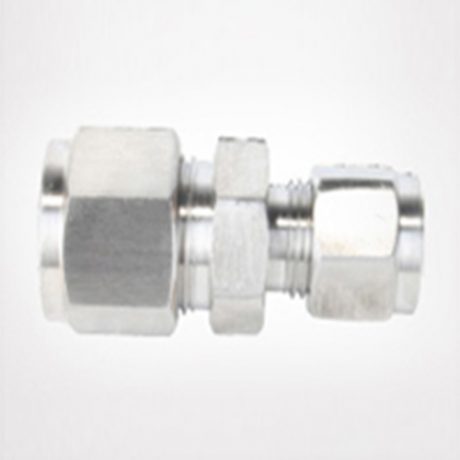
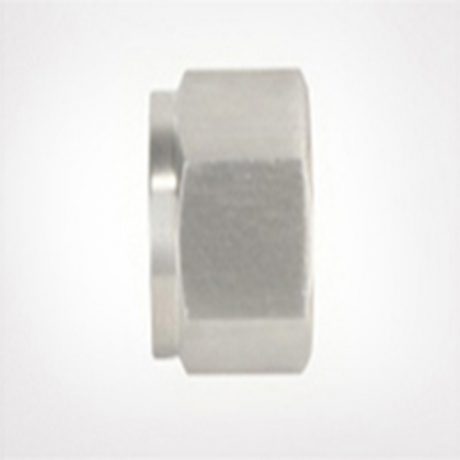
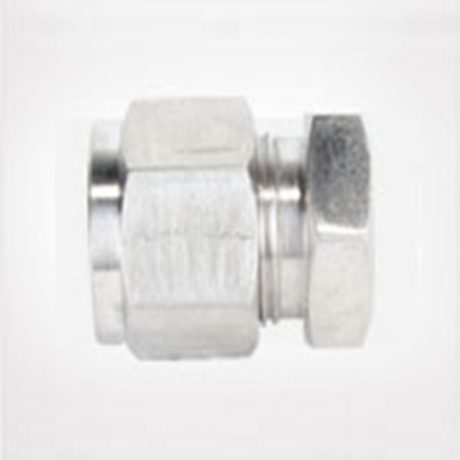
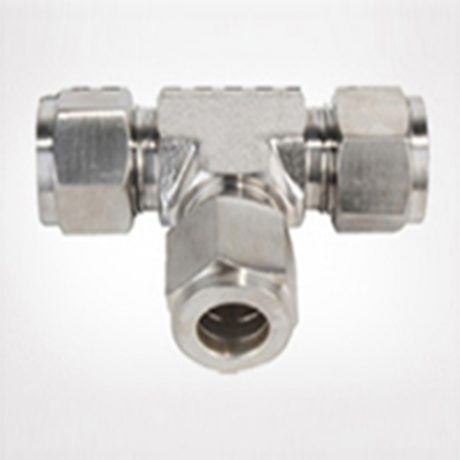

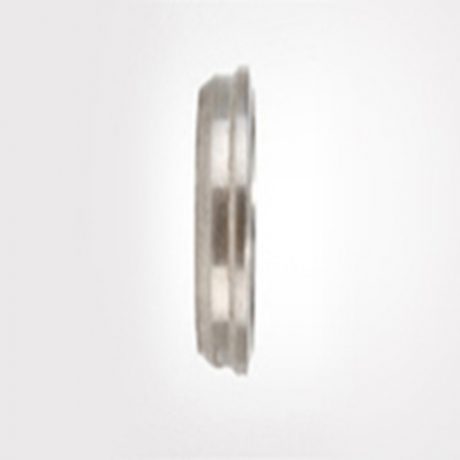
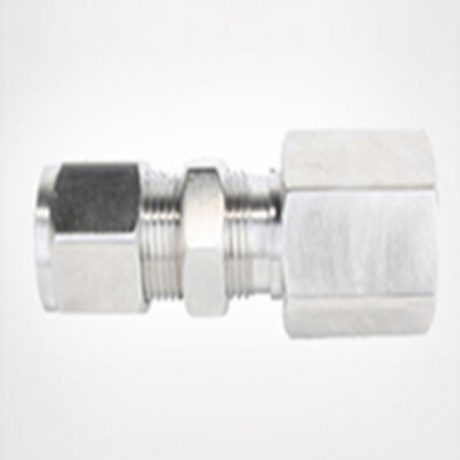
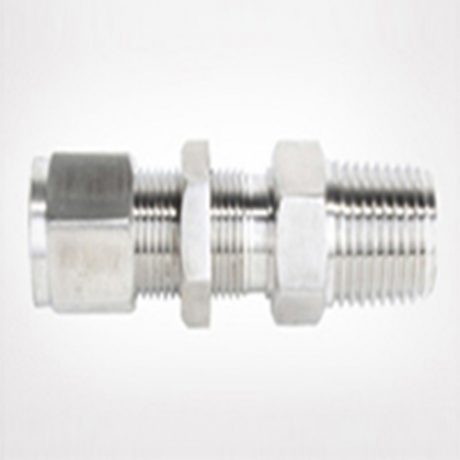
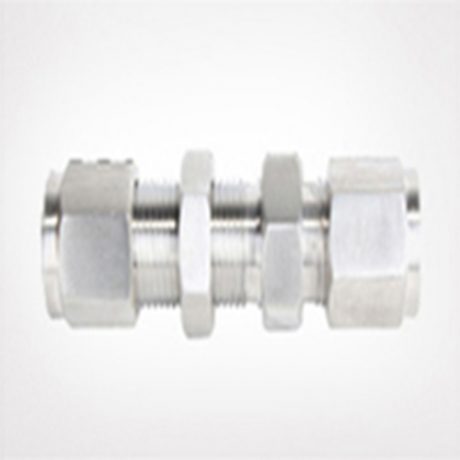
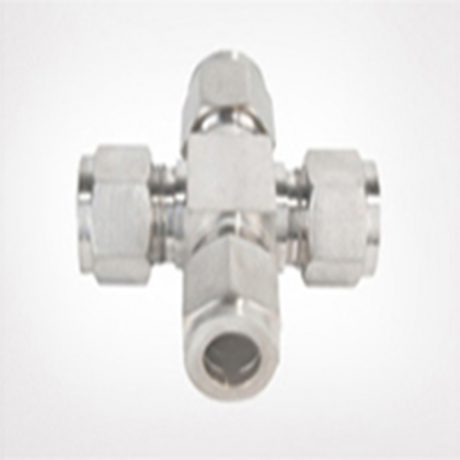
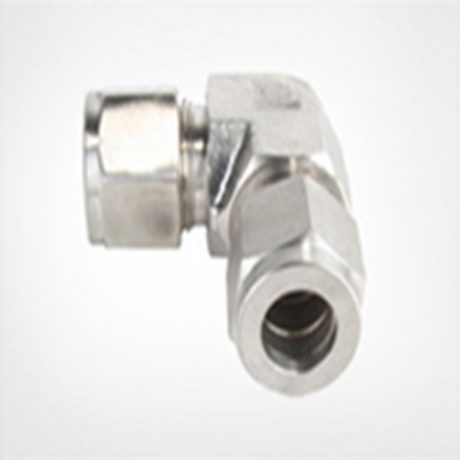
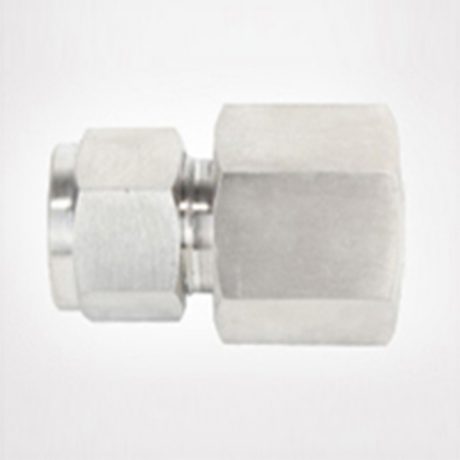
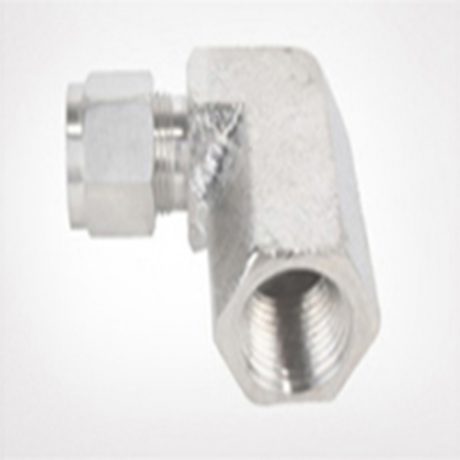
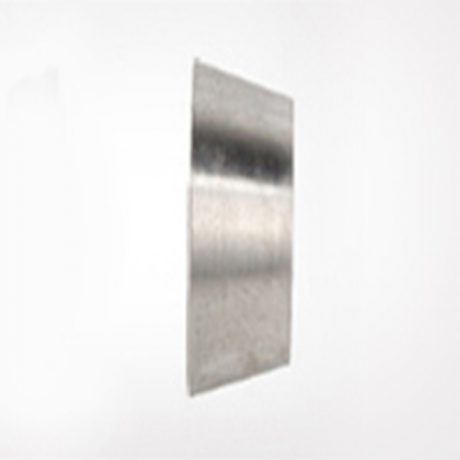
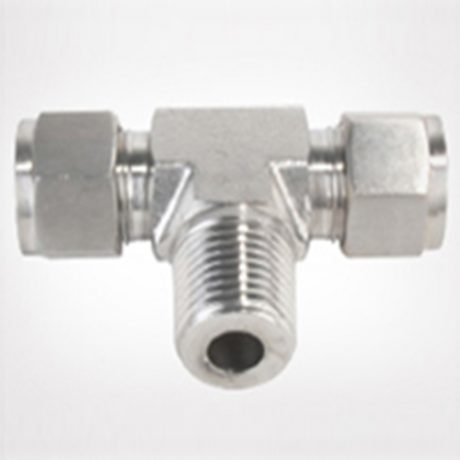

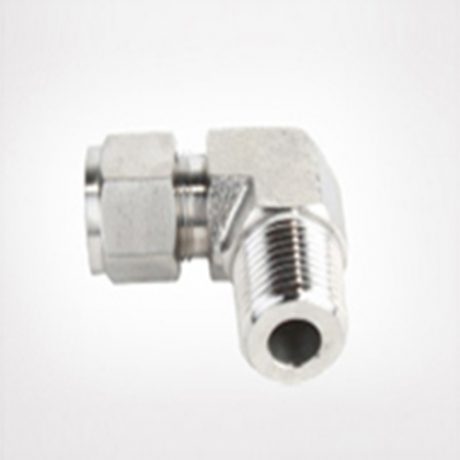
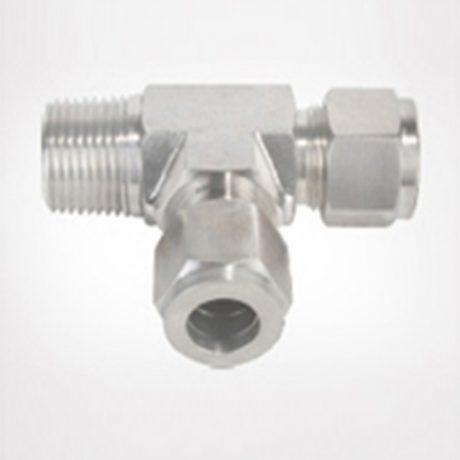
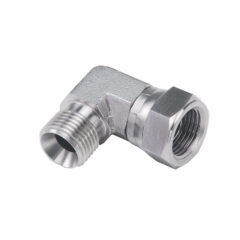
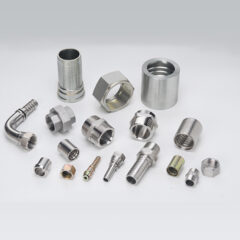

Reviews
There are no reviews yet.